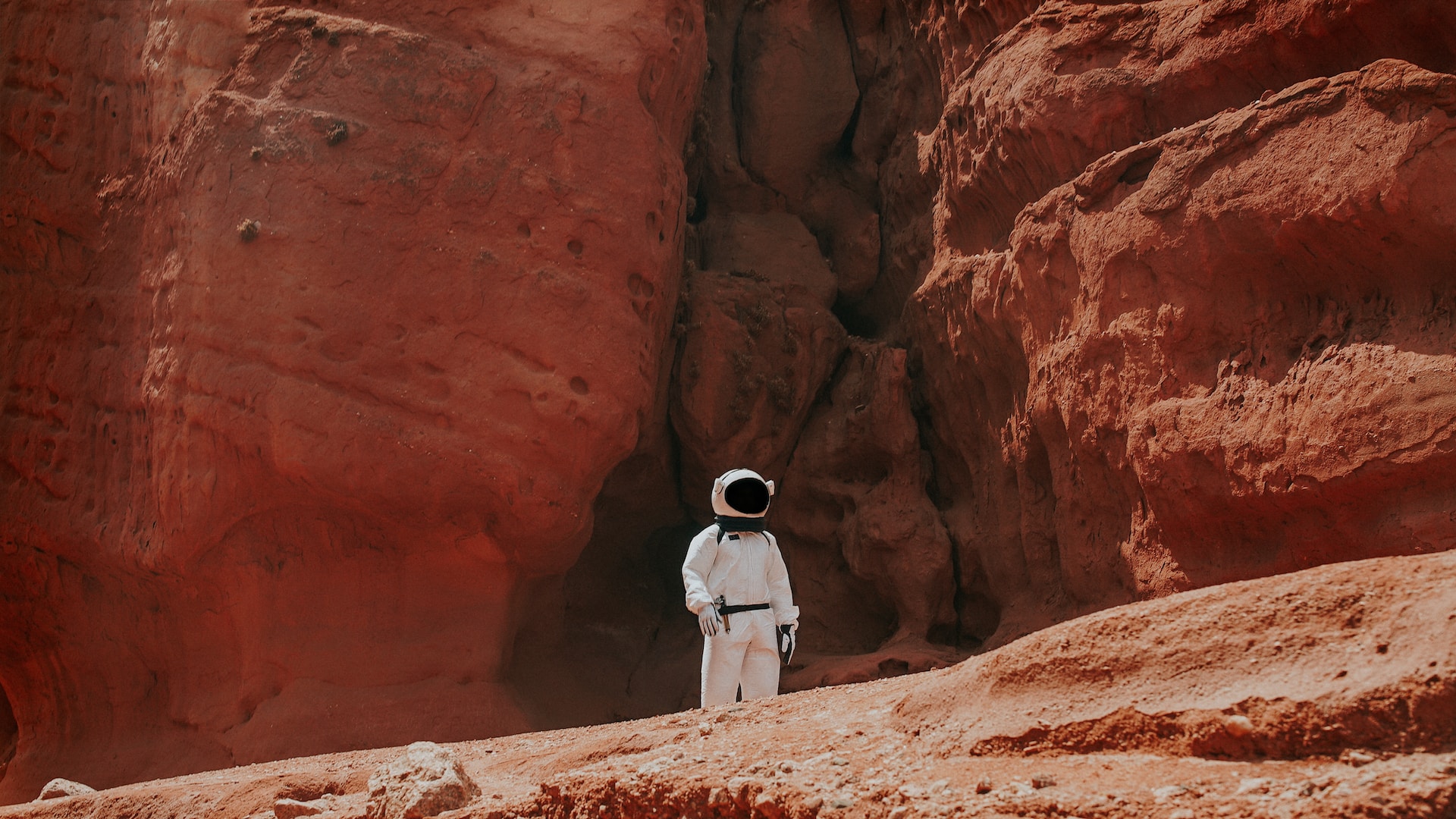Building a New Habitat on Mars

Discover the potential of human habitation on Mars, examining challenges and estimating realistic timeframes for this ambitious endeavor
Image by Nicolas Lobos
As humanity continues to push the boundaries of space exploration, one of the most captivating prospects is the potential for building a new habitat on Mars. The Red Planet's barren landscapes have long captivated our imagination, but the question remains: can humans truly establish a sustainable settlement on Mars? This article delves into the technical, logistical, and psychological challenges involved in this ambitious undertaking, while attempting to estimate a realistic timeframe for such a momentous project.
Understanding Mars as a Potential Habitat
Mars, the fourth planet from the Sun, has fascinated astronomers for centuries. With its thin atmosphere composed mostly of carbon dioxide, freezing temperatures, and arid conditions, Mars presents both enticing possibilities and numerous challenges for human habitation. The presence of water ice, evidence of ancient rivers, and subsurface water reservoirs offer potential resources for future colonizers. Unraveling the mysteries of this celestial neighbor is essential in planning for a successful habitat.
Challenges of Mars Colonization
Colonizing Mars is an endeavor like no other. The journey itself is fraught with dangers, as the distance between Earth and Mars varies depending on their orbital positions. A trip to Mars could take between six to nine months one-way, exposing astronauts to prolonged space radiation and psychological stress. Once on Mars, colonizers will face intense radiation, extreme temperatures, and dust storms that can last for months. The lack of a breathable atmosphere poses additional difficulties, necessitating the creation of airtight structures to protect against the harsh environment.
Technological Advancements and Innovations
The vision of building a habitat on Mars hinges on technological advancements that seem like science fiction today. Critical areas of development include propulsion systems capable of faster interplanetary travel, advanced life support systems, 3D printing for construction, and efficient solar power generation. Autonomous robotics and artificial intelligence will play pivotal roles in pre-deploying infrastructure and performing tasks in hazardous environments.
Psychological and Physiological Considerations
Astronauts undertaking the arduous journey to Mars will be subjected to extreme isolation and confinement, with communication delays causing prolonged separation from loved ones. Psychological resilience, effective teamwork, and access to psychological support will be crucial to ensure the well-being of astronauts during extended missions. Additionally, living in microgravity for extended periods can lead to physical changes in the body, such as muscle atrophy and bone density loss, necessitating countermeasures and careful planning for their time on Mars.
Sustainability and Self-Sufficiency
Achieving sustainability on Mars is pivotal for long-term habitation. The ability to produce food, recycle resources, and maintain essential life support systems within the Martian environment will be paramount. Hydroponics, aeroponics, and other innovative agricultural techniques will need to be employed to grow crops in the Martian soil, which is devoid of vital nutrients found on Earth.
Interplanetary Travel: The Journey to Mars
Interplanetary travel is no easy feat, and planning the journey to Mars requires precise calculations to optimize trajectories, reduce travel time, and minimize exposure to radiation. Moreover, contingency plans for emergencies and potential risks must be meticulously designed to ensure mission success and the safe return of astronauts to Earth.
International Collaboration: A Unified Effort
Given the enormity of the task and the resources required, international collaboration will be critical to achieving the goal of Martian colonization. Countries, space agencies, and private companies must pool their expertise, share knowledge, and collaborate on a global scale to overcome challenges collectively. Cooperation can lead to more comprehensive solutions and foster a sense of shared responsibility for humanity's interplanetary future.
Ethical and Legal Dimensions
Establishing a human habitat on Mars raises ethical questions about the potential impact on any existing microbial life and the preservation of Mars' pristine environment. Furthermore, international agreements and regulations must be developed to address issues like property rights, jurisdiction, and the use of Martian resources, ensuring responsible and sustainable exploration.
The Mars One Mission: A Case Study
The Mars One mission, a privately funded initiative to establish a permanent human settlement on Mars, serves as a valuable case study. Examining its ambitious goals, challenges, and lessons learned can provide insights into the complexity of colonizing the Red Planet.
Realistic Timeframe for Martian Colonization
While enthusiasm for Mars colonization is high, a realistic timeline remains uncertain. Experts in the field suggest a possible timeframe of 20 to 30 years or more before a permanent habitat on Mars becomes achievable. This estimation considers the technological advancements needed, funding availability, international cooperation, and overcoming unforeseen challenges.
Preparing for the Future: Steps Ahead
In preparation for Martian colonization, conducting extensive simulations, robotic missions, and lunar bases can serve as stepping stones to refine technologies and operational procedures. Investment in education and training for the next generation of astronauts and engineers will be vital in ensuring the success of this ambitious endeavor.
Mars: The Catalyst for Technological Advancement
The pursuit of Mars colonization has the potential to drive technological progress on Earth. The innovations developed to meet the challenges of Mars will have far-reaching applications, benefiting various industries and enhancing life on our home planet.
Conclusion
In conclusion, building a new habitat on Mars is an extraordinary vision that comes with multifaceted challenges. While numerous obstacles lie ahead, humanity's indomitable spirit and scientific innovations continue to pave the way for this audacious endeavor. Although a definitive timeline is difficult to predict, ongoing efforts and international cooperation bring us closer to the realization of humanity's interplanetary future.
Disclaimer: This article is a speculative analysis and does not guarantee or endorse the feasibility of colonizing Mars within the estimated timeframe.

